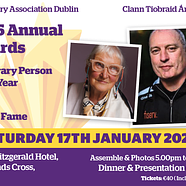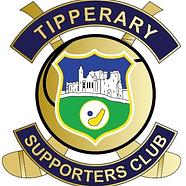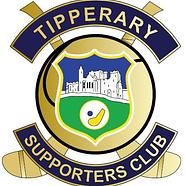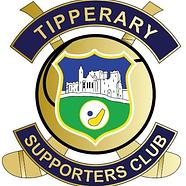Hurling is in trouble, apparently. Michael Moynihan identifies the seven deadly sins
Source: Irish Examiner
1. It’s the referees’ fault because there are too many frees
This is a good example of GAA logic precisely because it’s a bad example. Correlation and not causation, etc.
For many years now anyone with ears to hear has been listening to people decry (in no particular order) gang-tackling, throwing rather than handpassing the ball, over carrying, tackling with the spare hand, and other offences against the game of hurling. Guess what? If the rules are enforced then there are more fouls given as a result.
An interesting comparison would be the group of observers who are unhappy with the high free counts, and the group of observers who were unhappy with the way the rules were being bent.
An even more interesting investigation would unearth those who belong to both groups.
2 The game isn’t flowing. And I, the hurling fan, am not happy
See no. 1, with a necessary corollary about the proper function of the referee.
The match official isn’t there to ensure a day’s entertainment: he’s there to ensure the rules are adhered to. This mythical flowing game — a platonic ideal of manly combat, with hard knocks given and taken in the true spirit of the Gael, is one which seems to owe a good deal to the work of PD Mehigan, which peaked in the late forties.
If the flowing game exists at all then it depends for its existence on the ref losing the pea in his whistle for long stretches. Which awakens those voices in no. 1 unhappy with the throwing/overcarrying/spare-hand-tackling... and the cycle starts all over again.
3. It’s not hurling because nobody is marking anybody. And furthermore, nobody will puck the ball long anymore
We could have a lengthy philosophical discussion about the relatively late adoption of possession tactics in the game of hurling, but space, time, and the general threshold for boredom all conspire against us. Suffice to say that retaining the ball is as paramount in hurling now as in any other sport.
Why the antipathy towards teams holding on to the ball and running it up the field from the puck-out? Would you like to go back to lobbing it in on top of your full-forward, thus creating a target sign on the back of his helmet? Do you need a brainless launch of the ball downfield as an excuse to cheer?
4. It’s all Gaelic football’s fault
Yerra, would you stop.
5. This is not what the national league is all about
If you listen you may be able to hear the smothered laughter of those of us who attend the pre-season competitions — the Co-op Munster Senior Hurling League, the Walsh Cup and so on — in what might be generously described as challenging conditions.
But these are the games that managers and teams normally use to come to terms with a new season in all its forms. They’re an invaluable opportunity for players to reacquaint themselves with the demands of the inter-county game on a sliding scale of seriousness ahead of the national league itself.
What you’ve seen in the last couple of weeks some of us have seen in December. Teams are back in full training for less than a month, which may explain why the quality is not what you’d expect in a normal May, after six months’ training. You’re seeing Christmastime rust in a summer setting.
6. After two rounds of the national league it’s clear that the sport of hurling is in serious trouble
Two words here: sample size.
As a riposte you can always point to George Bernard Shaw’s immortal refusal to read a rival’s book in its entirety: “You don’t have to eat the whole egg to know it’s rotten”, but a dashing quote is always outmuscled by the data.
If this is a conversation worth having with a straight face we’ll need some more games to be taken into account.
7. Next weekend will probably throw up a classic or two and all will be forgiven
If the hysteria needs to be tempered after last weekend then any smugness next Monday would be equally unwelcome.
Can hurling be improved? Of course it can. Initiatives such as four points for a goal, reducing player numbers and — if you fancy it — puck-outs travelling 45 metres are all possibilities.
Stick to the facts, though. Leave ‘flow’ out of it.







